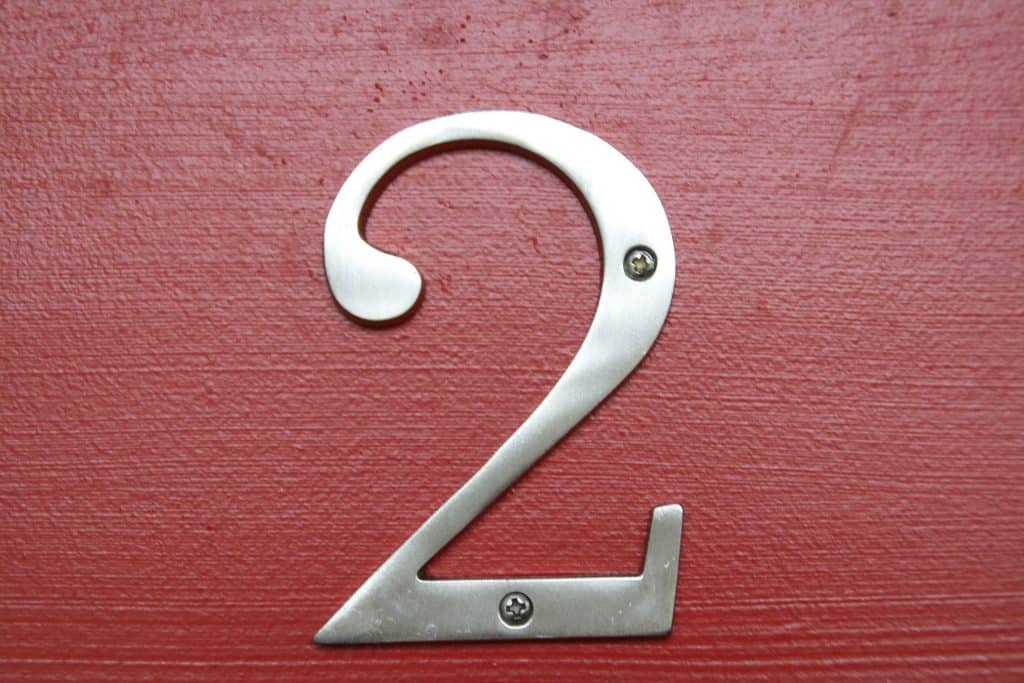
Facts about prime numbers that will show you everything that your Math teacher never told you about. From weird facts to history and techniques, these facts will show how uniquely interesting prime numbers are.
People believe that aliens are trying to reach us through prime numbers.
One of the weirdest facts about prime numbers: In his 1985 book Contact, Carl Sagan claimed that aliens are trying to communicate with humans by using prime numbers as signals.

Prime numbers were first studied extensively by the ancient Greek mathematicians.
Although the first written evidence of prime numbers were found on the Rhind Mathematical Papyrus in 1550 B.C. Egypt, the Ancient Greeks were the first to fully study the properties of prime numbers. Euclid of Alexandria was the pioneer in studying prime numbers, and was later known as the father of geometry. Most of the fundamental knowledge we have of prime numbers now was theorized by Euclid.
A prime number is any number that can be divided only by itself and by 1.
For example, 17 only has (17 x 1) as its factors. As such, 17 is a prime number.
The largest prime number found so far has 24,862,048 digits.
The largest prime number currently known is 282,589,933-1. It was discovered in December 7, 2018 by a supercomputer volunteered by Patrick Laroche. The number is known as M82589933. To get this value, the computer added together 82,589,933 twos, then subtracting one.
2 is the only even prime number.
2 is considered a prime number because it is only divisible by 2 (itself) and 1. All other even numbers are divisible by 2, which makes 2 the only even prime number. 2 is also the smallest prime number.

Prime numbers are also called non-composite numbers.
Composite numbers are numbers with many possible factors. Following this principle, all even numbers aside from 2 are composite numbers.
There is an organization dedicated to finding the largest prime numbers.
The Great Internet Mersenne Prime Number Search (GIMPS) was founded in 1996 by George Woltman. Since its establishment, GIMPS has found 51 of the then-newest and then-largest prime numbers. The current holder for largest prime number was also discovered by GIMPS.
Prime numbers protect us from cybercrime.
You might not be aware, but prime numbers keep our accounts and information safe. Namely, through the RSA encryption system. RSA encryption was invented in 1978 by Ron Rivest, Adi Shamir, and Leonard Adleman. The encryption system combines simple, known facts about numbers to secure the transfer of information—such as credit card numbers—online. The encryption algorithm is based on two large prime numbers. Prime factorization can be extremely hard with bigger values, and as such, the unique factors of two large primes is not that easy to crack, which protects users’ data.
The Sieve of Erastothenes was the earliest method of finding prime numbers.
In 200 BC, the Greek mathematician Eratosthenes created an algorithm for calculating primes called the Sieve of Eratosthenes. It also gave humans the earliest list of prime numbers.
The first step to identifying prime numbers is dividing the numbers by 2.
If you want to know whether a number is prime, the first easiest step would be dividing it by 2. If you divide a number by 2 and get a whole number as the quotient, it can’t be a prime number.

Zero and 1 are not considered prime numbers.
You may remember differently from your childhood, but 0 and 1 are not considered prime numbers. 0 and 1 are only divisible by one positive integer (themselves).
Prime numbers have been associated with superstitious beliefs since ancient times.
Experts theorize that humans have been fascinated by prime numbers because they are so unique – you can’t “build” a prime number like how you can use different factors to create composite numbers. 7 is a superstitious prime number and even seen as a perfect number by some. In contrast, 13 is also associated with superstitions, although in a more negative way.
Prime numbers get more rare as numbers get bigger.
Prime numbers may be easy to spot for the first 2 digits, but for larger numbers, it is a more difficult process. Prime numbers also occur less frequently in larger numbers.
You can calculate a list of prime numbers up to 100 through the Sieve of Erastothenes.
Through this method, you can find out which numbers from 1-100. First, list out the numbers to 100. Encircle the first prime number, 2. Then, erase all its higher multiples (4, 6, 8…). Then, encircle the next prime number, 3. Repeat the process of erasing its higher multiples (9, 12, 15…). With this process, it won’t be long until you eliminate all composite numbers.
The world’s most liked number is a prime number.
In a study conducted by mathematics author Alex Bellos, 10% of people chose “Lucky 7” as their favorite number. The number 7 has been used in positive imagery in the Bible. Three 7’s is also the winning match in slot machines. According to Bellos, 7’s “uniqueness” is why it’s so loved: 7 is the only number not divisible or doubled from the numbers in the 1-10 group.

Prime numbers that are two spaces apart are called twin primes.
One of the first few twin prime pairs are: (3, 5), (5, 7), (11, 13), (17, 19), (29, 31), (41, 43), (59, 61), (71, 73), (101, 103), (107, 109), (137, 139).
Prime numbers are infinite.
Aside from the Sieve of Erastothenes, he was also the first to discover that prime numbers go on for infinity, although they occur less often as the numbers get larger.
No prime number greater than 5 ends in a 5.
Numbers can be hard to understand for some, but one of the most interesting facts about prime numbers is its unique patterns. Any number greater than 5 that ends in a 5 is not a prime number. For example, 15 is the product of (5 x 3) and (15 x 1). 25 is the product of (25 x 1) and (5 x 5). Following this principle, any number ending in 5 is never prime.
The product of two prime numbers are called semiprimes.
Natural numbers that are the products of two prime numbers are referred to in mathematics as semiprimes. The first semiprime is 4. Why? Its prime factors are (2 x 2), both prime numbers. The next case would be 15, since its prime factors are (3 x 5), which are also both prime. Since prime numbers are infinite, there is also an infinite amount of semiprimes.
Thai people laugh in prime numbers.
The Thai word for 5 is ha, which explains all the 555’s in Thai forums.

Was this page helpful?
Our commitment to delivering trustworthy and engaging content is at the heart of what we do. Each fact on our site is contributed by real users like you, bringing a wealth of diverse insights and information. To ensure the highest standards of accuracy and reliability, our dedicated editors meticulously review each submission. This process guarantees that the facts we share are not only fascinating but also credible. Trust in our commitment to quality and authenticity as you explore and learn with us.


